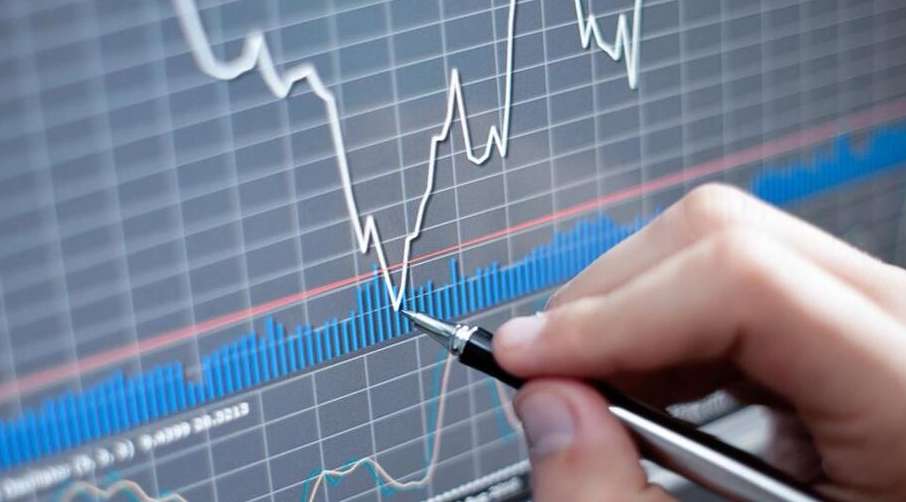India’s Central Bank Cuts Rates After Five Years
Advertisements
- March 30, 2025
In a world increasingly swayed by economic uncertainty, the stance of global monetary policy is shifting dramatically. Recently, the Reserve Bank of India took a decisive step of lowering its key repo rates by 25 basis points, marking a pivotal moment in its monetary policy framework. This reduction brings the current rate down to 6.25%, the first rate cut in nearly five years. The recent decision, made on February 7, highlights a broader global trend of monetary easing, as countries seek to navigate challenges such as inflation and sluggish economic growth.
As the Reserve Bank of India (RBI) convenes six times annually to deliberate on monetary policies, the February meeting stood out as the last of the fiscal year and the inaugural assembly presided over by the newly appointed Governor, Sanjay Malhotra. He expressed confidence in the bank’s ability to balance growth with inflation, emphasizing the importance of aligning inflation with target rates while simultaneously fostering economic expansion.
Malhotra’s administration marked a departure from the more conservative stance of his predecessor, Shaktikanta Das. While Das had opted for restraint during his tenure, it appears that Malhotra is favoring a more flexible approach to monetary policy. He underscored that the dynamics of growth and inflation have provided space for the RBI to prioritize growth, asserting a commitment to inflation-target consistency.
In recent months, inflation in India has shown signs of easing. After peaking above the RBI's tolerance limit of 6% last October, consumer price inflation has subsequently moderated, settling at 5.48% in November and 5.22% in December. This decline has created an opportunity for the RBI to consider rate cuts as a means to stimulate growth in a landscape where economic forecasts look increasingly grim, with India's projected GDP growth for the fiscal year dropping to its lowest in four years at 6.4%.
Despite this cautious optimism within the RBI, challenges loom large on the horizon. Externally, the Indian currency, the rupee, has been depreciating against the dollar, which exacerbates the complexity of relaxing monetary policy. As the rupee fell approximately 3.6% against the dollar since early November, any further reduction in the policy rate might trigger renewed inflationary pressures, adversely affecting the currency and potentially leading to capital outflows.
The global context plays an indispensable role in shaping India's monetary policy decisions. Following the rate cuts by central banks in the UK and Mexico, India’s own policy direction seems to diverge from the path taken by Das, bringing to the fore a more accommodative governance under Malhotra. Analysts are closely monitoring the situation as they consider whether the RBI will further cut rates in its upcoming meetings, with some experts from Goldman Sachs predicting another 25 basis point reduction in April.

However, the complexity of the macroeconomic landscape isn't solely isolated to domestic conditions. Geopolitical tensions, particularly those rooted in US-China relations, present an additional layer of concern. Observers in India are wary of proposed tariffs from the US that may arise during President Biden’s administration, potentially impacting India’s trade balance significantly and shifting the dynamics of trade relationships.
India's burgeoning trade surplus with the United States may draw scrutiny as the Biden administration prioritizes reducing its trade deficit. In 2023, projections indicated that India’s trade surplus with the US could exceed $43 billion, which would place India under a more intense review as the US maneuvers to recalibrate its trade policies.
The anticipated foreign policy under President Biden’s second term may also catalyze higher dollar value and US Treasury yields, leading to prolonged high rates that would complicate policy decisions for Asian central banks, including the RBI. Herein lies the challenge: balancing the potential for stimulating economic growth against a backdrop of tightening rates and international pressures.
Against this backdrop, the narrative around India's economic policy is multifaceted, with Prime Minister Narendra Modi's government signaling a keen interest in maintaining robust trade relations with the US while deftly navigating concerns regarding tariffs and trade tensions. Reports suggest that Modi has been invited to engage in discussions with the Biden administration, reflecting an attempt to strengthen diplomatic ties amidst a brewing storm.
In conclusion, as the Reserve Bank of India embarks on a new chapter under Governor Malhotra's leadership, the implications of monetary policy will have far-reaching effects. Balancing the need for growth against the specter of inflation, currency fluctuations, and global economic dynamics remains a delicate juggling act. The evolving monetary landscape in India provides a glimpse into the challenges faced by central banks worldwide as they strive to recalibrate their approaches in a shifting economic terrain.
Leave A Comment